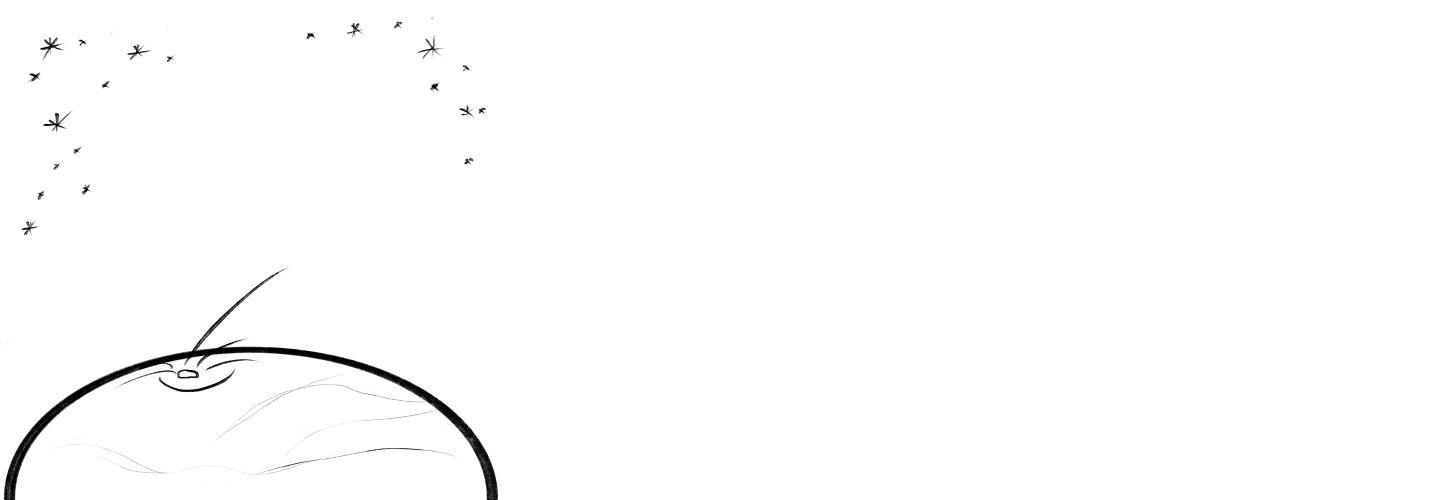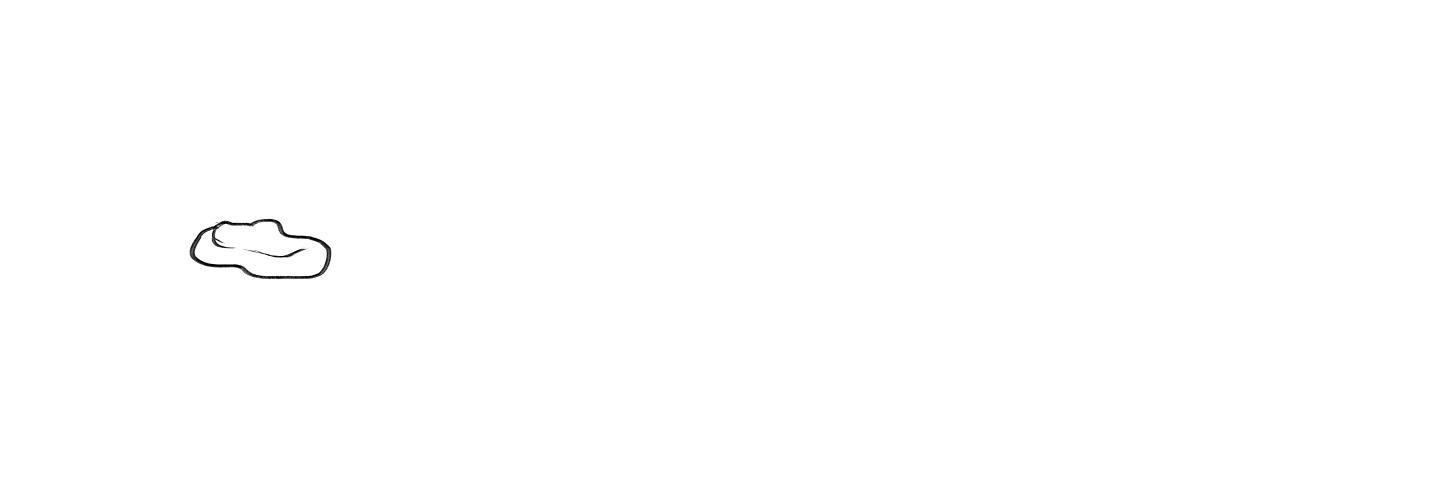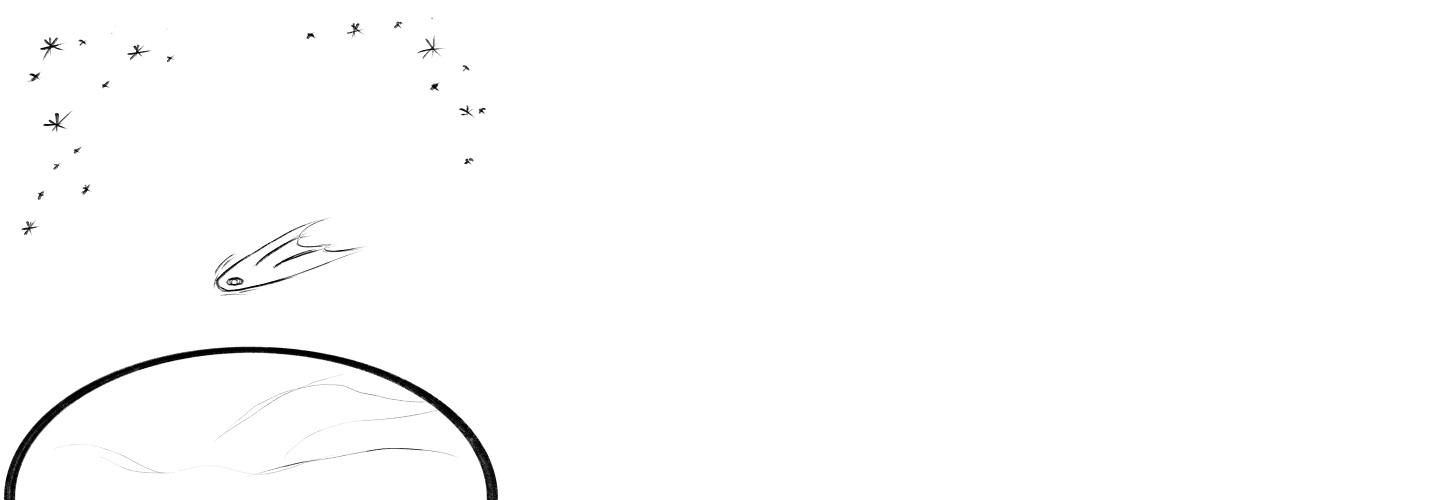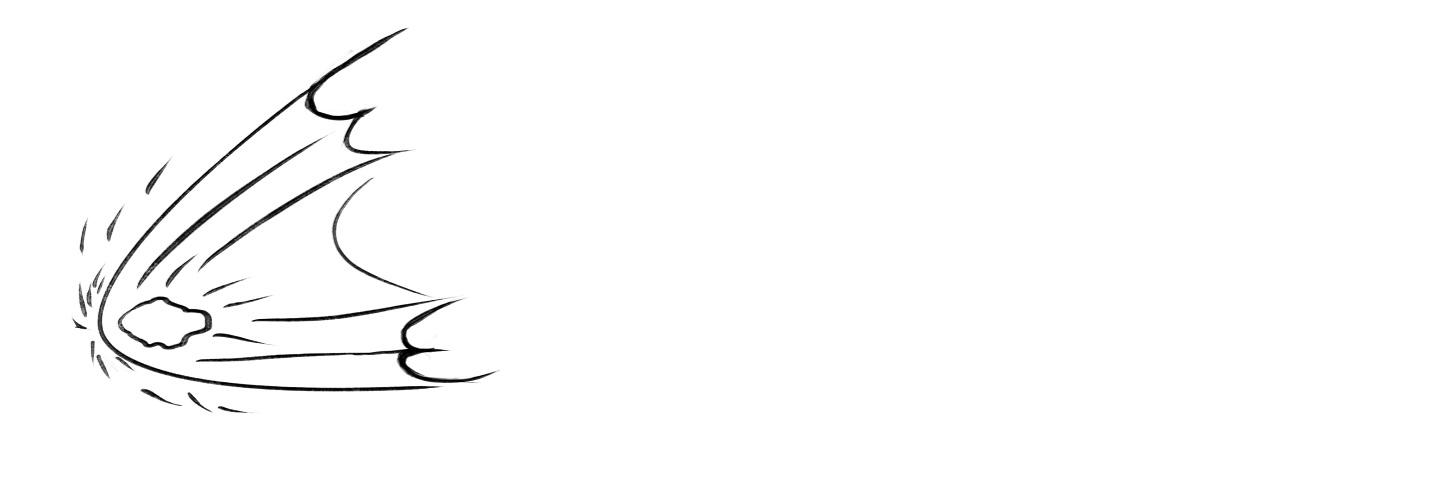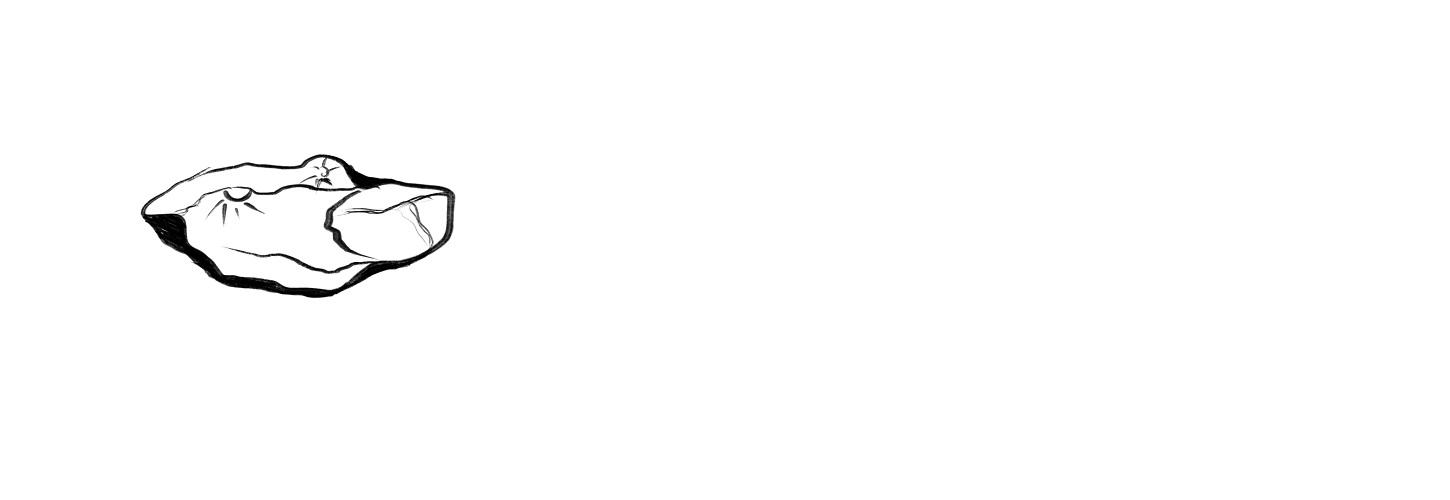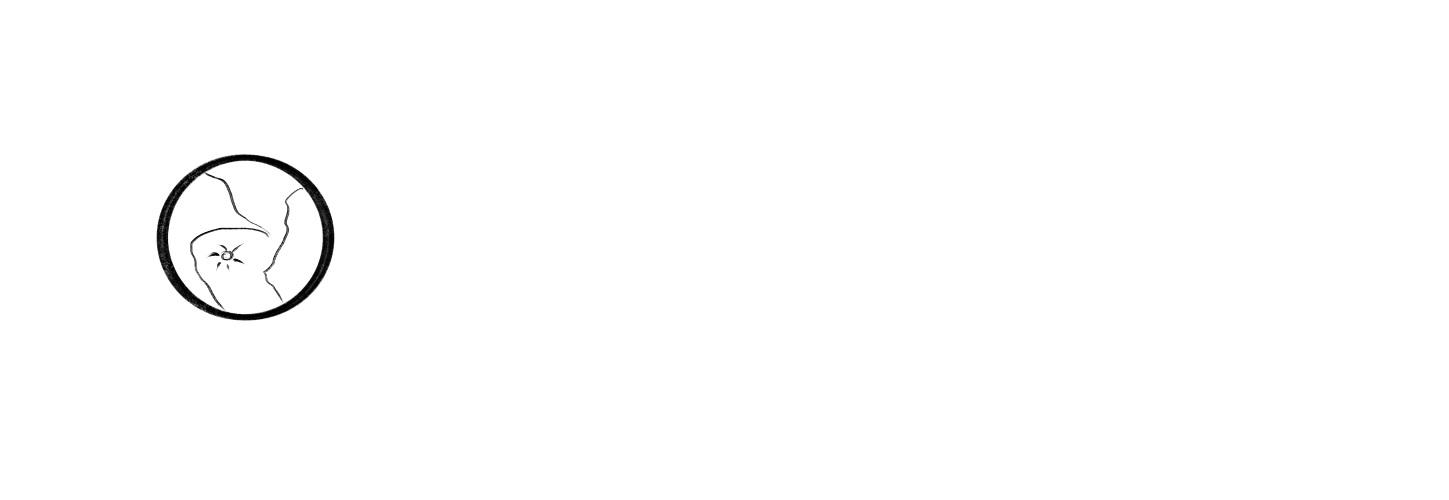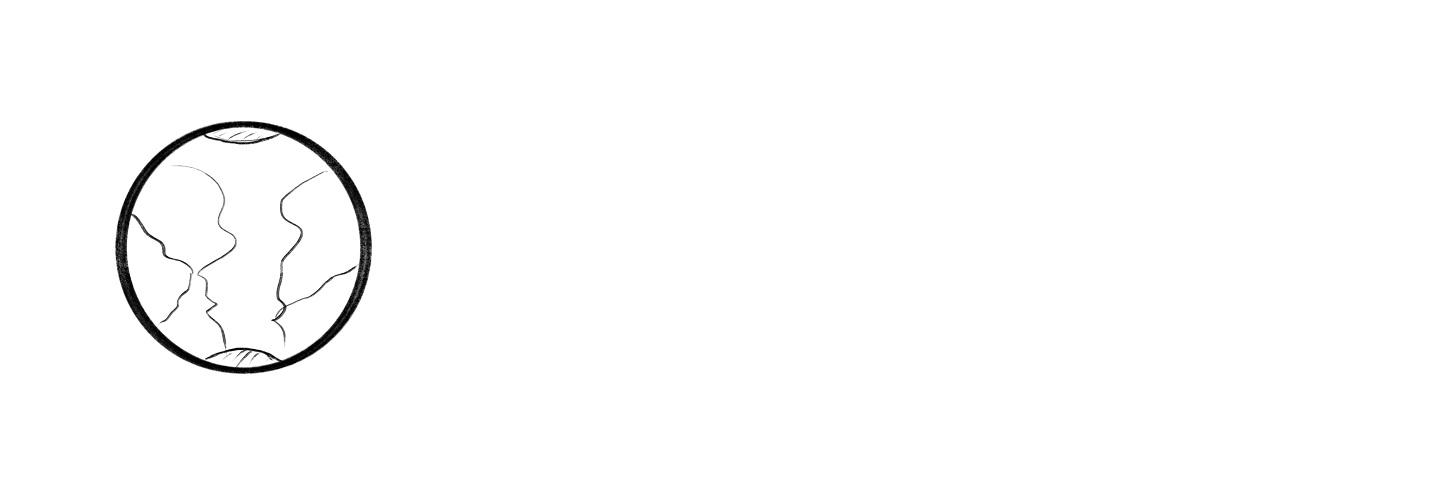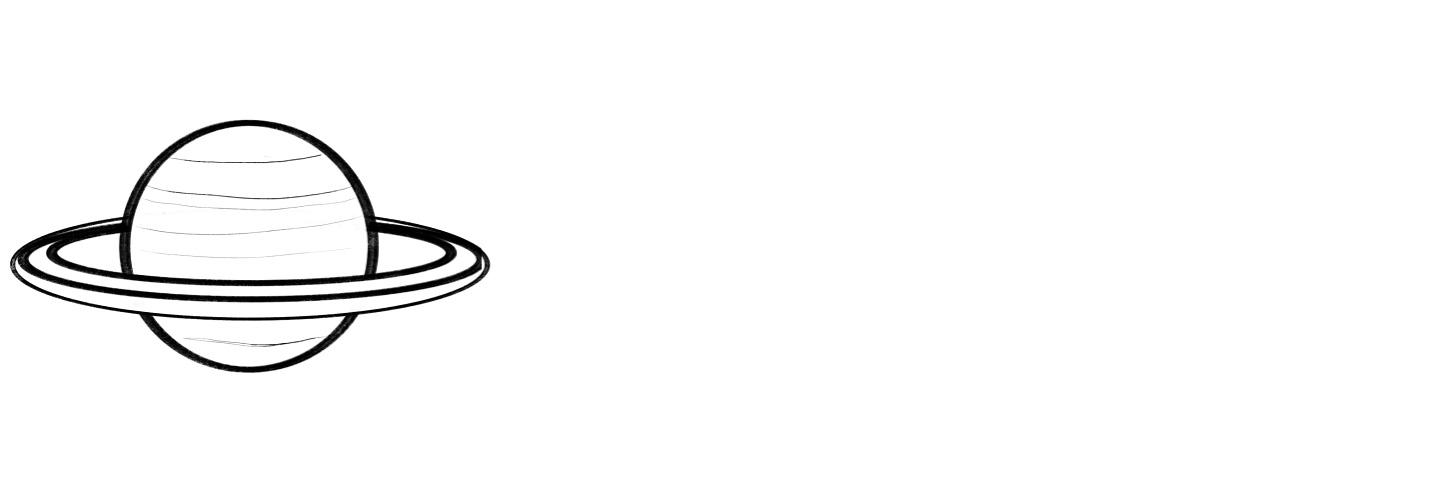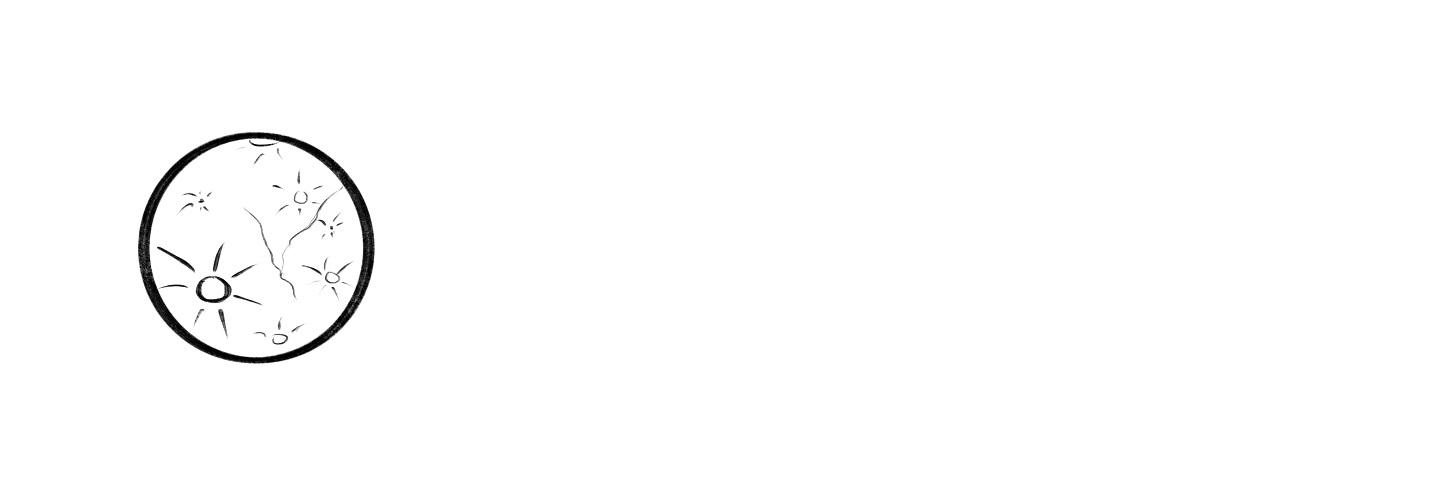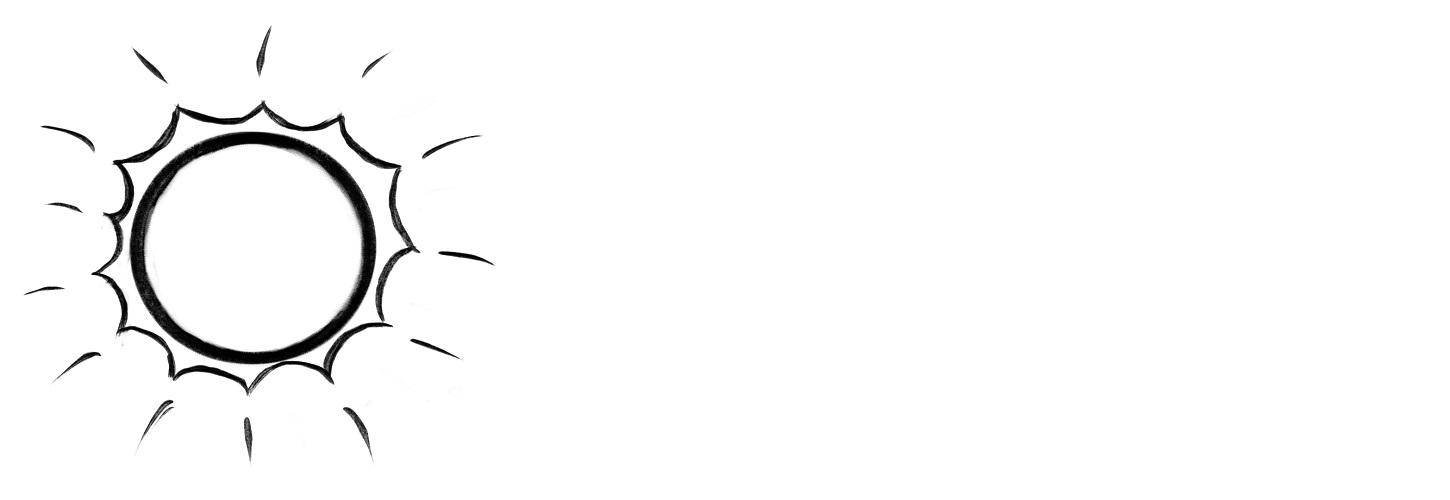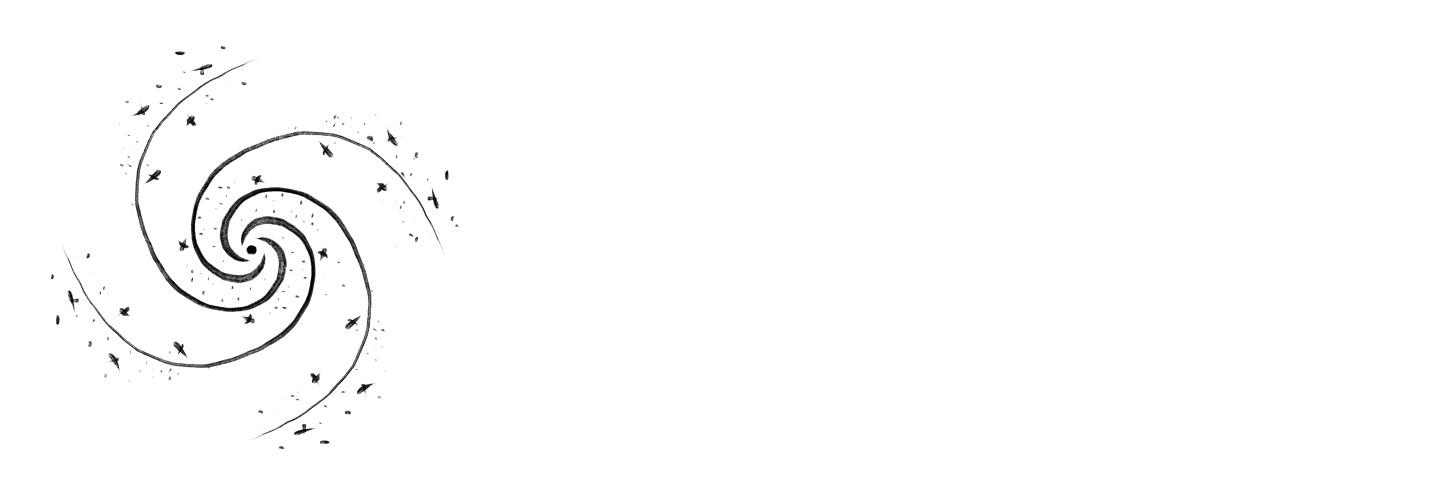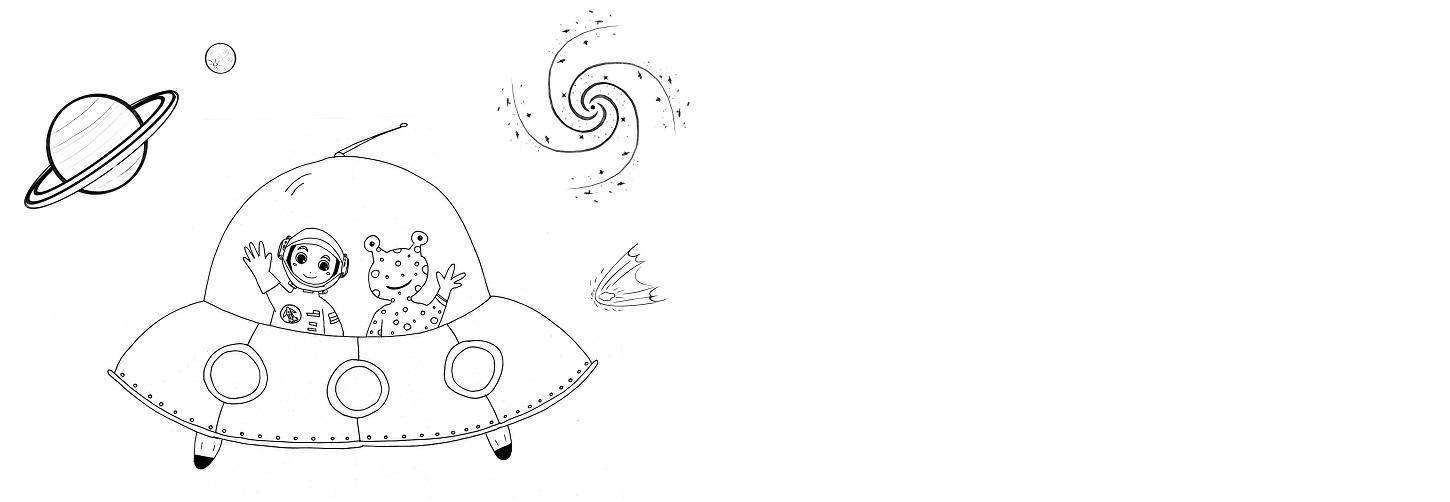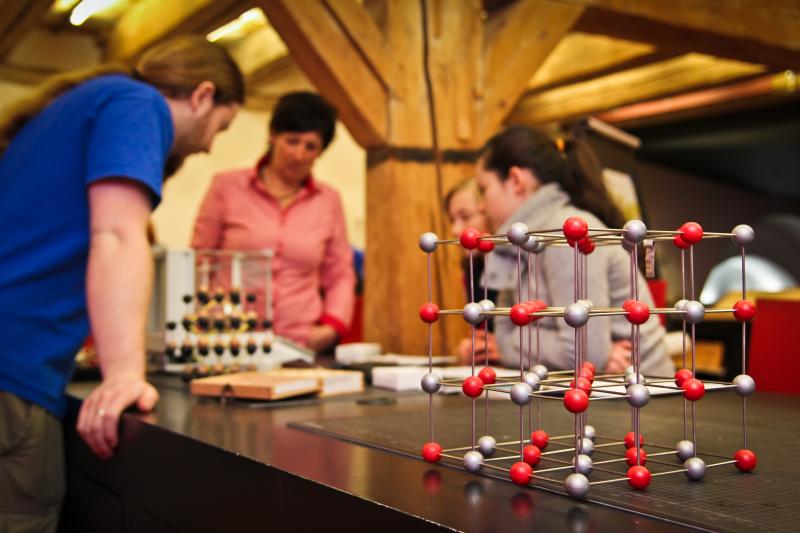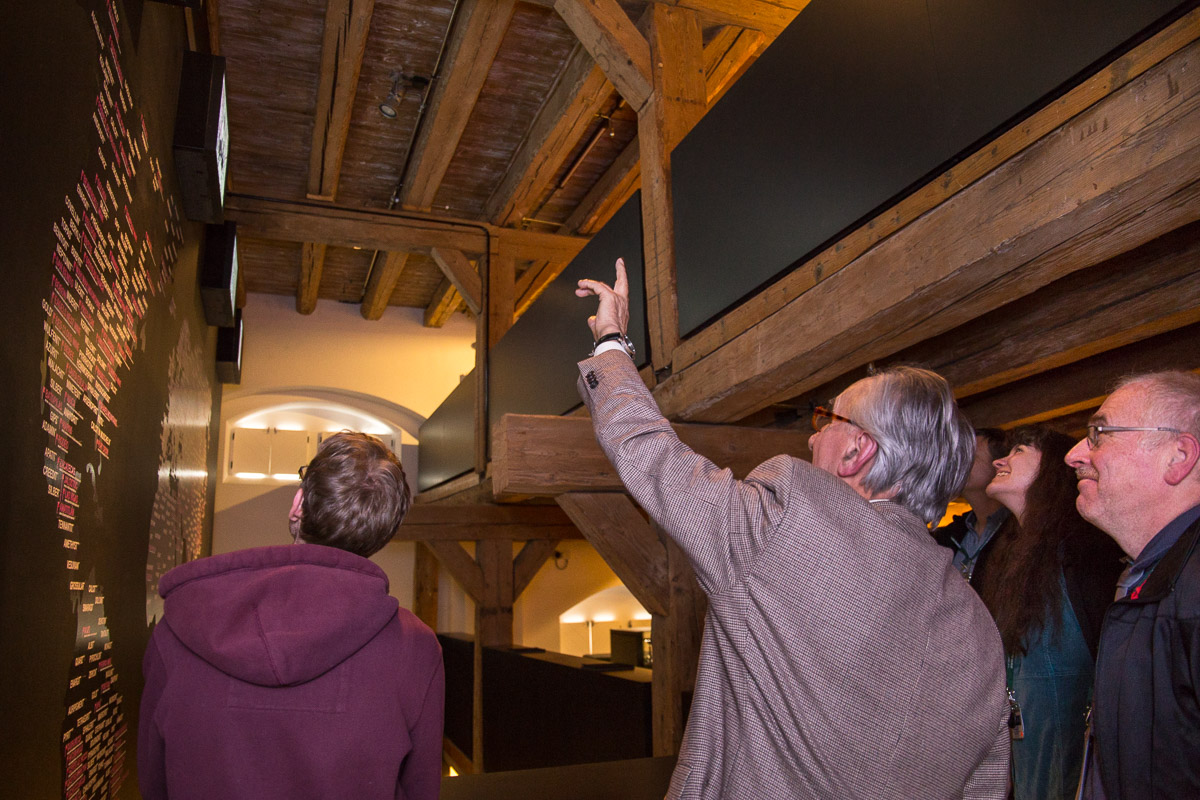Meteorite
Meteoroid
Meteor
Comet
Comets are also known as tail stars.
They are small celestial bodies and consist of ice, dust and rocks.
They are remnants of the formation of the solar system.
A coma forms around the celestial body when it is close to the sun.
It is formed when ice is vaporised by the heat of the sun.
The coma is ‘blown away’ by radiation pressure and solar wind, creating a tail.
For example: Halley's comet (occurs every 76 years)
Asteroid
Dwarf planet
Planet
Gasplanet
Moon
Star
Galaxy
Colouring pictures for little astronauts
Do you fancy colouring in a space picture?
We have something for you:
- with Astronaut
- with Alien
- with Astronaut and Alien in Ufo
